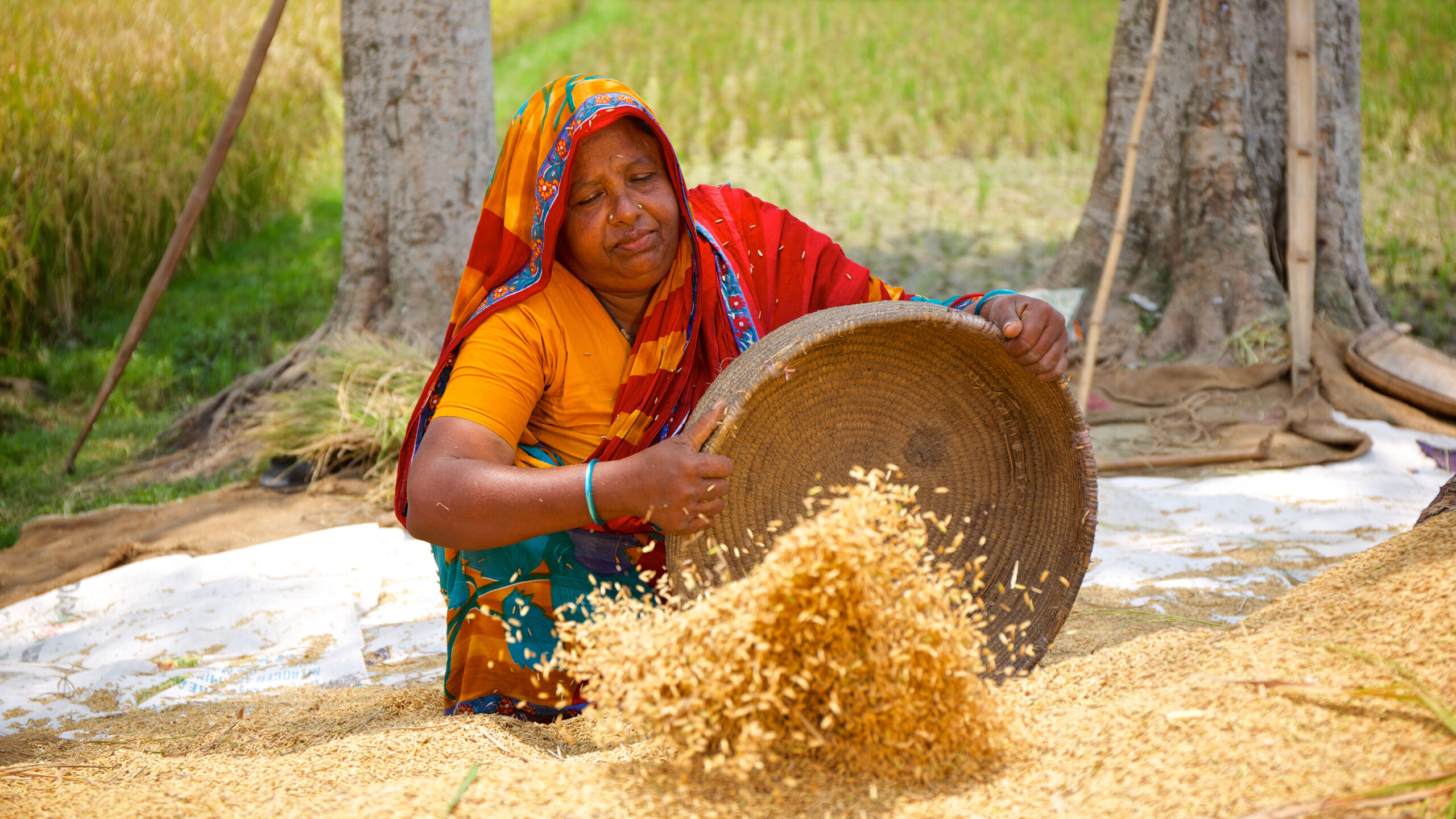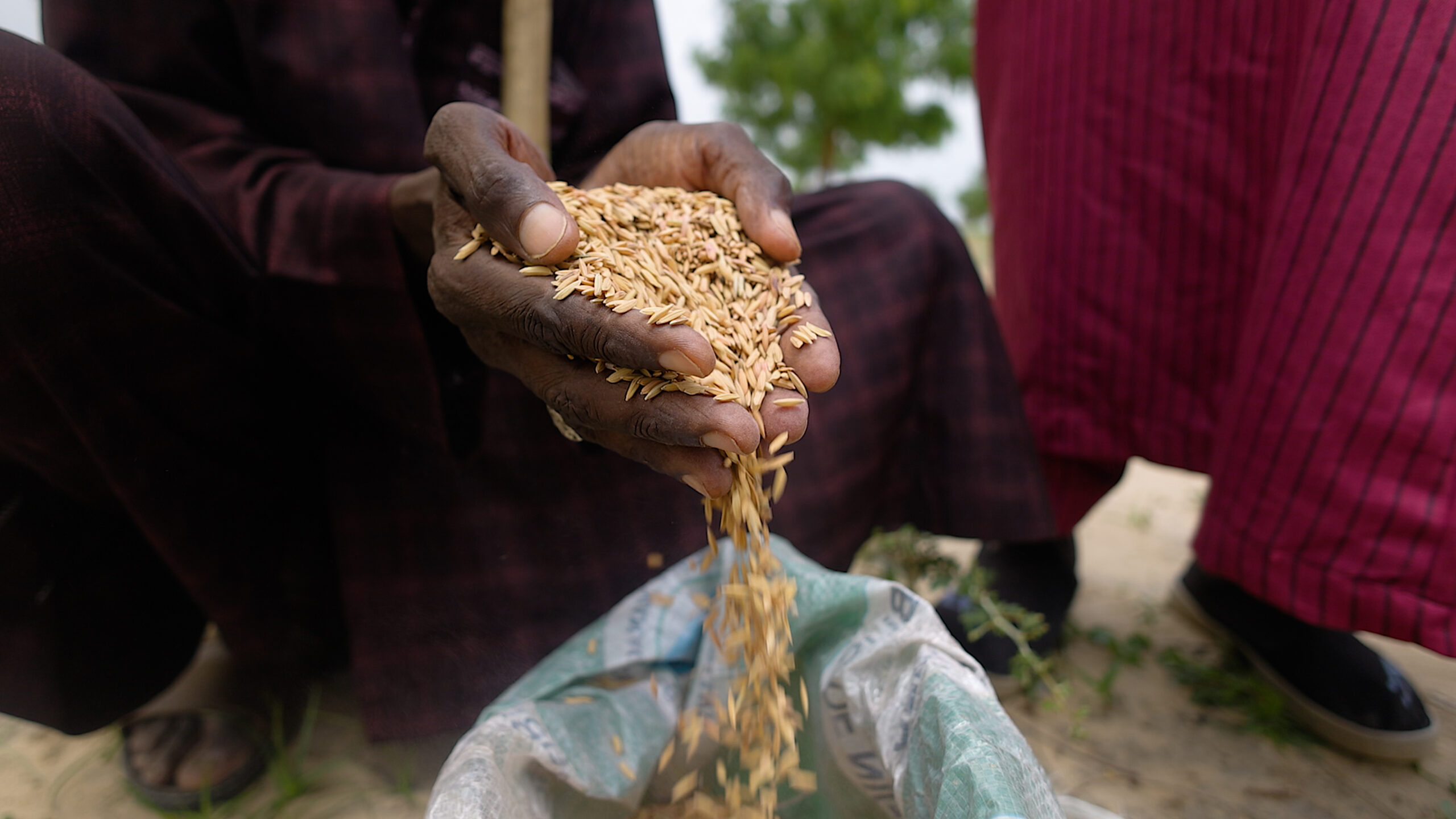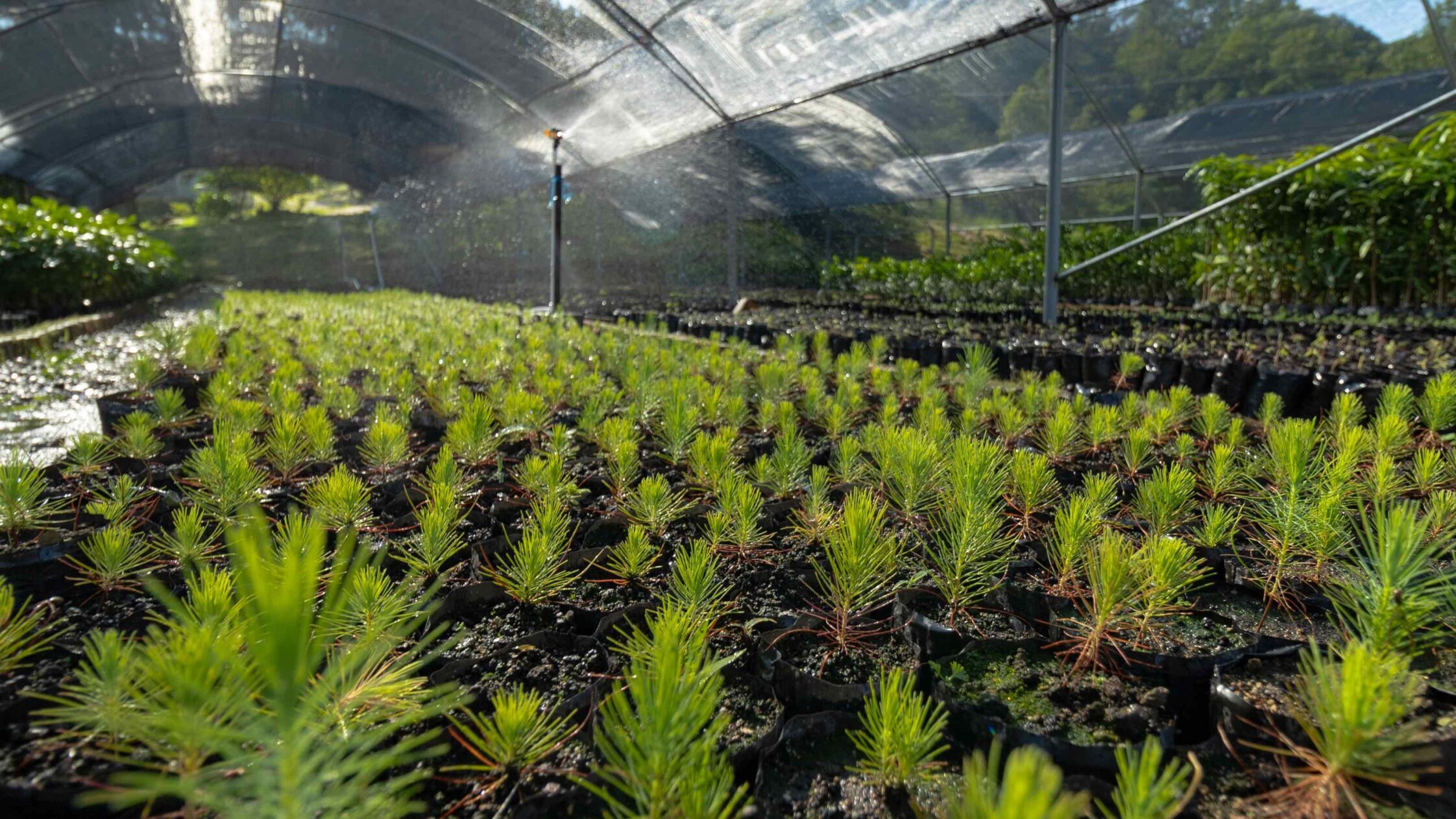Transition countries in the former Eastern bloc have struggled with economic decline since the 1990s. The magnitude of economic decline was significantly higher in Tajikistan than that in other countries in the region. In the 1990s the country’s agriculture production collapsed due to civil unrest and the breakdown of economic linkages in the former Soviet Union. As a result, Tajikistan has been highly reliant on food imports, leaving it especially vulnerable to global food price shocks. Despite considerable economic growth in recent years, Tajikistan’s per capita income level is still significantly below the pre-1990s level. Thus it is not surprising that Tajikistan has the highest poverty rate in the region. Approximately half of the population lives under the absolute poverty line, half of the population is employed in the agriculture sector, and 74 percent of the population resides in rural areas. A recent discussion paper, by Kamiljon Akramov and Ganga Shreedhar, examines the effects of the 2008 global food and economic crisis on food security to better inform and strengthen public policy in Tajikistan.
The authors find that the 2008 global food crisis had a considerably greater effect on Tajik households than on households in other Central Asian countries. Improvement in household welfare significantly diminished during the crisis. The extreme poverty rate, which had fallen by 2.5 times between 2003 and 2007, stagnated from 2007 to 2009. Approximately 60 percent of affected Tajik households reduced their food consumption. Some provinces within Tajikistan, such as Khatlon and Gorno-Badakhshan Autonomous Oblast, were harder hit by the crisis and saw significant increases in extreme poverty rates.
Despite the effects of the global food crisis on household food security, the country has made considerable strides towards improving human welfare. Economic growth has recovered, from 3.4 percent in 2009 to 6.5 percent in 2010, but it is still significantly lower than the pre-crisis growth rates. To insure continued progress the authors suggest that policymakers focus on creating social protection programs and increasing rural nonfarm employment opportunities, such as manufacturing, which would protect people from external shocks. In addition, they suggest areas for further research which include studying the prevalence of malnutrition, vitamin and mineral deficiencies, and the immediate causes of household level food insecurity.







